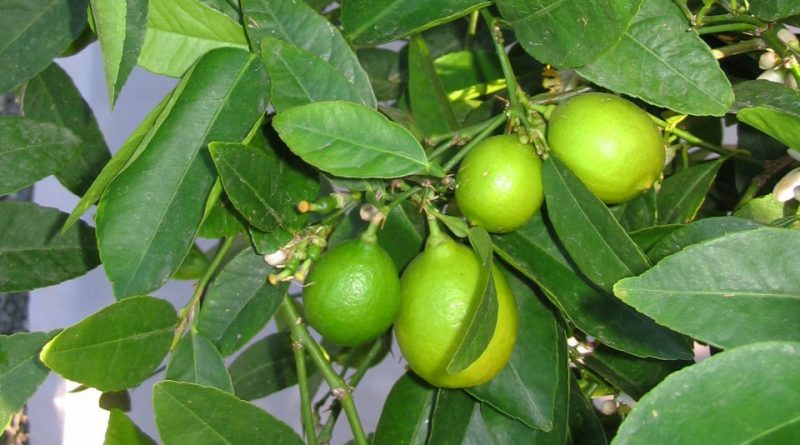How to prune the Lime
How to prune the Lime
Lime (Citrus aurantiifolia [Christm.] Swingle, 1913) is a citrus fruit of the Rutaceae family.
Lime is a species native to Asia and, according to some authors, is considered a natural hybrid of Citrus medica (the cedar) with another species.
Lime is not cultivated in Europe but in certain areas of the coasts of the southern islands (including Sicily) cultivation could be successfully attempted, while respecting some conditions.
Instead, it is widely cultivated in America and in the USA many varieties are known, although it must be said that it is mostly a matter of errors in the denomination, which often creates a bit of confusion. The only original non-hybridized lime is Citrus x aurantifolia that the Portuguese brought to America in the sixteenth century and has been grown in Mexico and Florida ever since.
Lime is a tree-shaped plant that can reach 4-5 meters in height.
It produces small, oval or round fruits with a thin skin; to reach a kilogram of weight you need about thirty. If left to ripen on the tree, they take on a yellow to slightly orange color, but are usually picked still green, when they offer maximum flavor and are juiciest.
These fruits have a very fragrant and very sour pulp, as it contains up to 6% of citric acid and, in optimal conditions, it is re-flowering and can bear fruit three times a year.
Pruning –
For the pruning technique it is necessary to make sure that the plant is not disturbed for at least the first two years, simply removing small damaged branches.
Starting from the third year, pruning must be performed every year, lightly and constantly, to lighten the foliage especially if the plant is grown in pots.
The best time to prune the lime is late spring or summer. As usual, pruning should be performed using specific, well-sharpened and disinfected tools.
Pruning consists in cutting the dry branches, the smaller ones and those that do not produce fruit; moreover, the basal suckers and suckers must be constantly removed.
The cuts must be made obliquely to favor the drainage of the water and to avoid the proliferation of fungi and damage to the wood. Longer and more vigorous branches should only be shortened.
In addition, in pot breeding, which is the most harmonious form for this plant, it is good to make sure that a good brightness is allowed inside, which avoids the onset of plant diseases and the greater proliferation especially of scale insects. .
The pot produces well at a height from the man’s belt to 2.5 meters, so it is advisable to prune respecting this tendency of the plant.
For the cultivation technique, see the following sheet.

